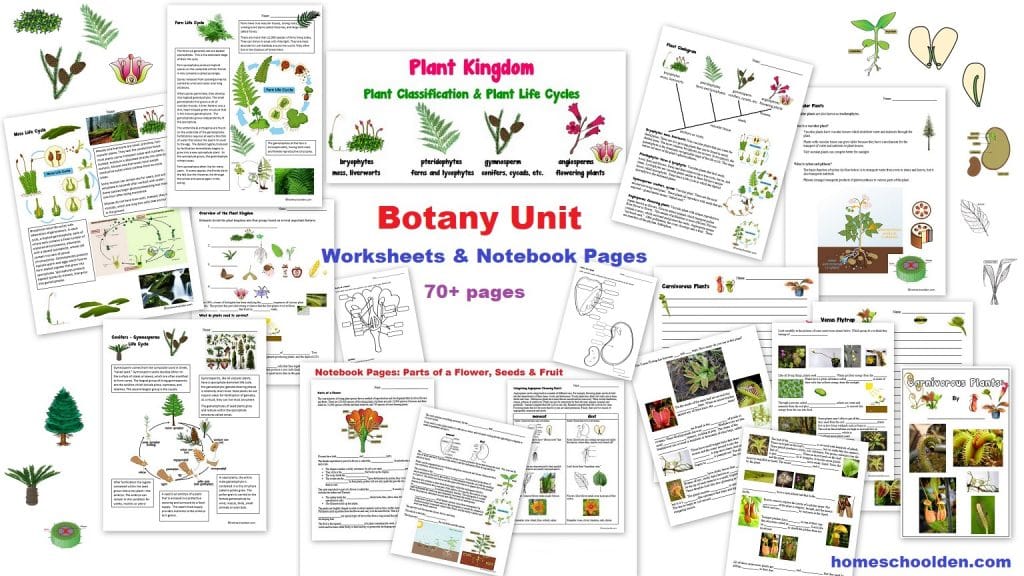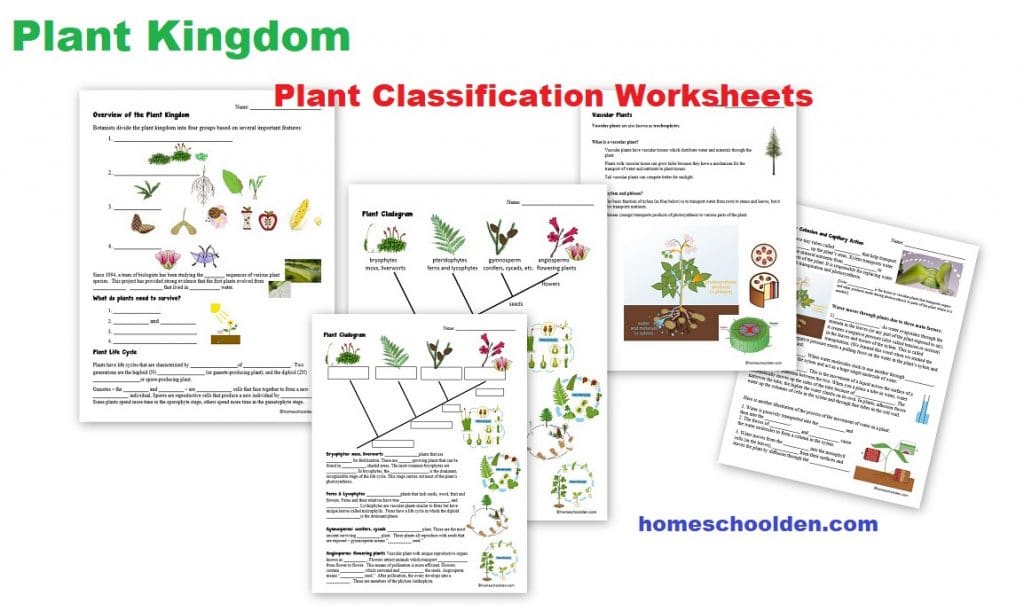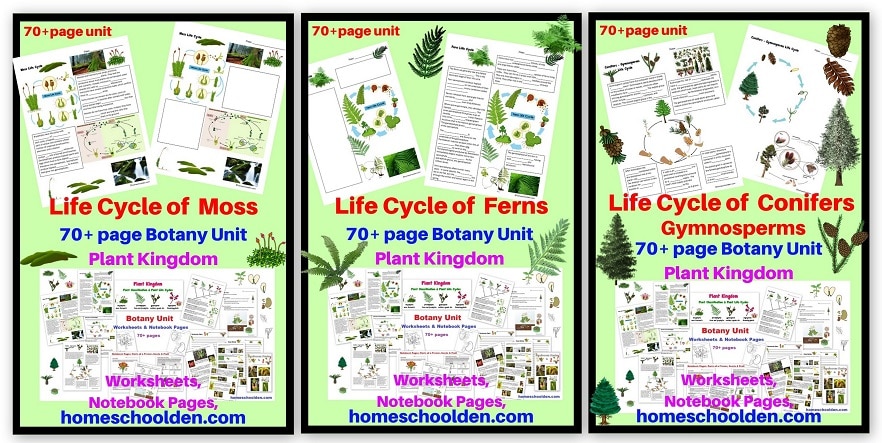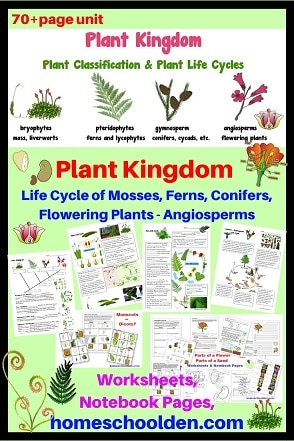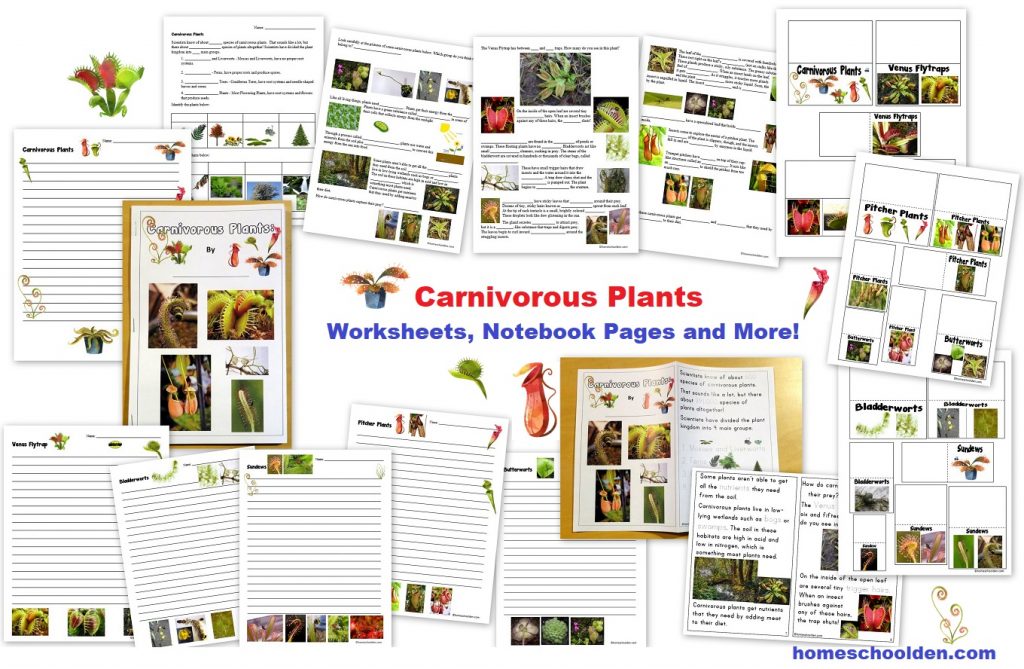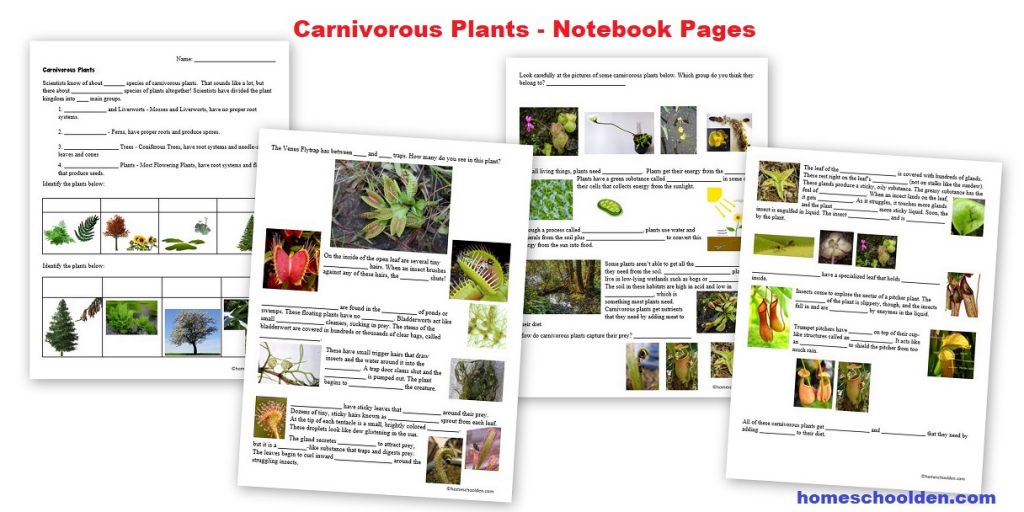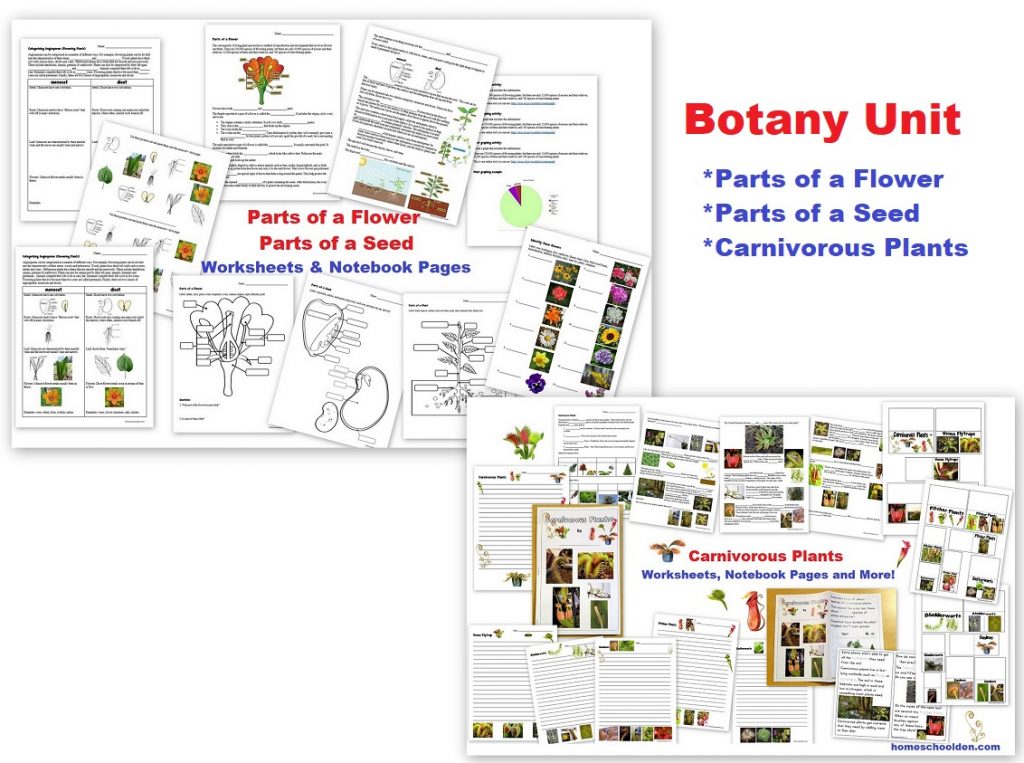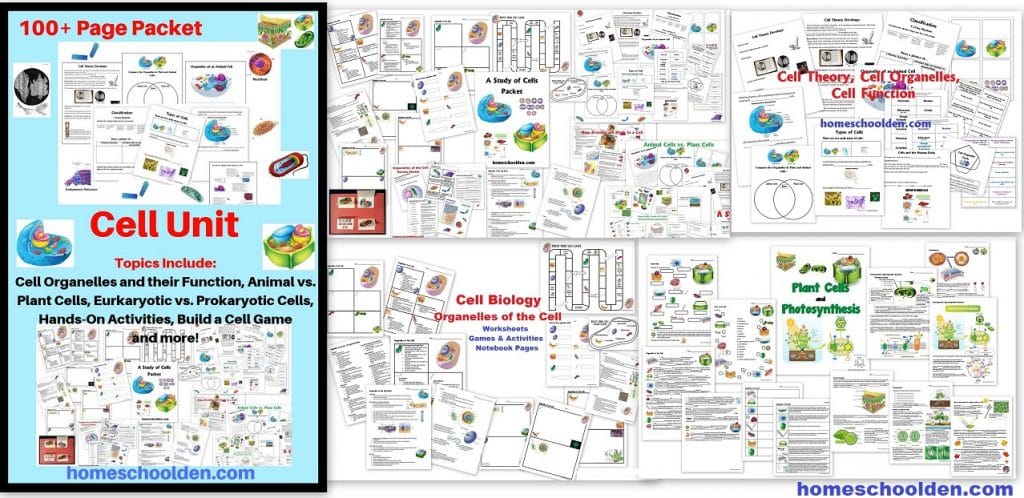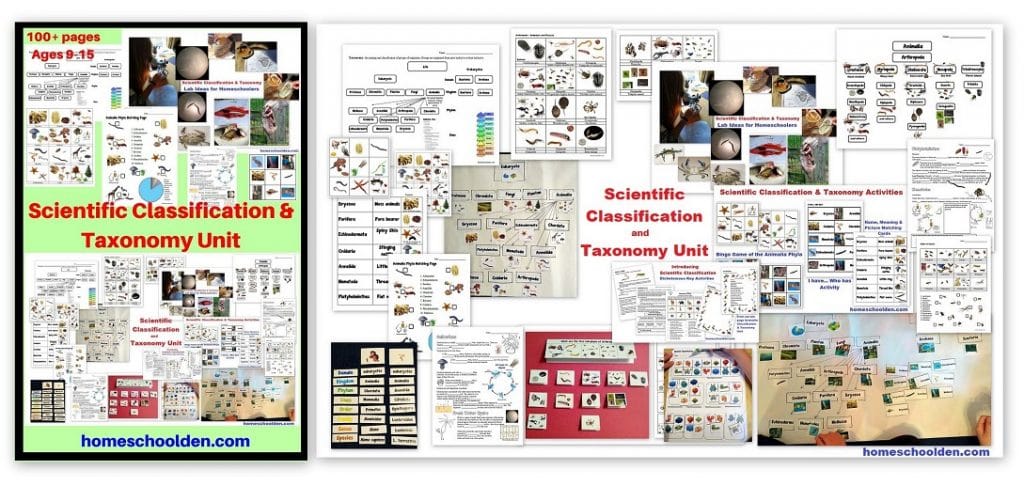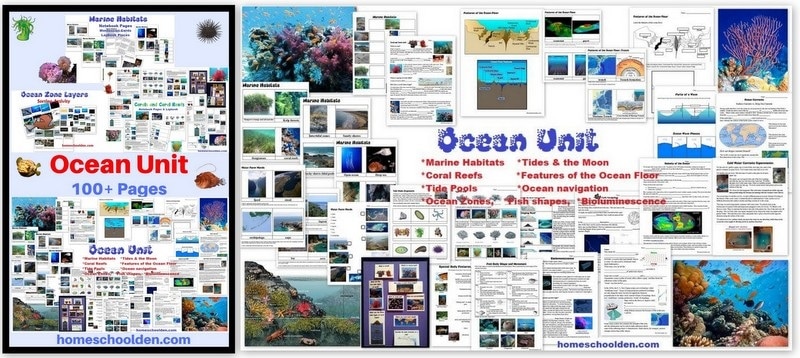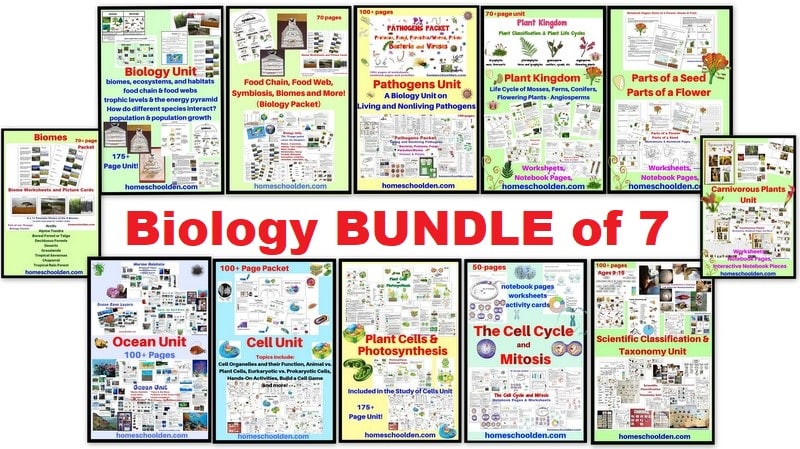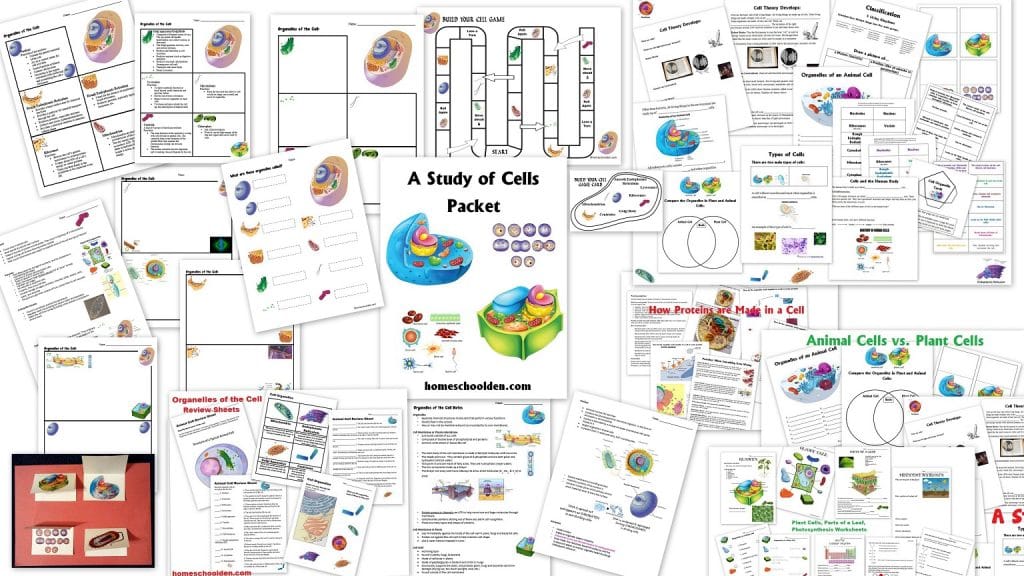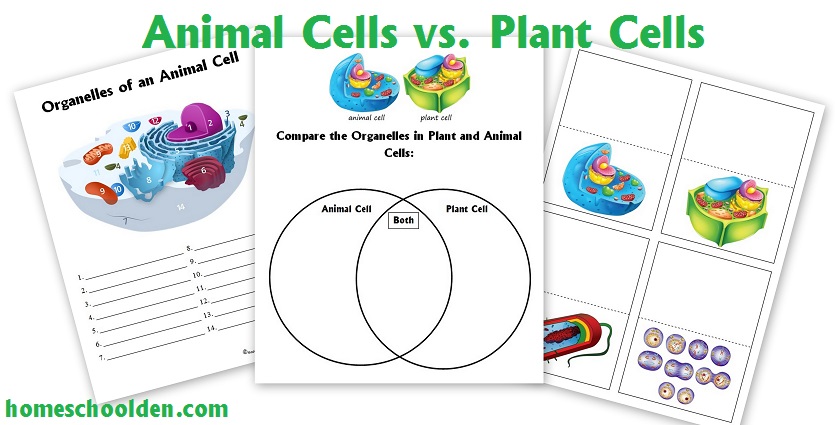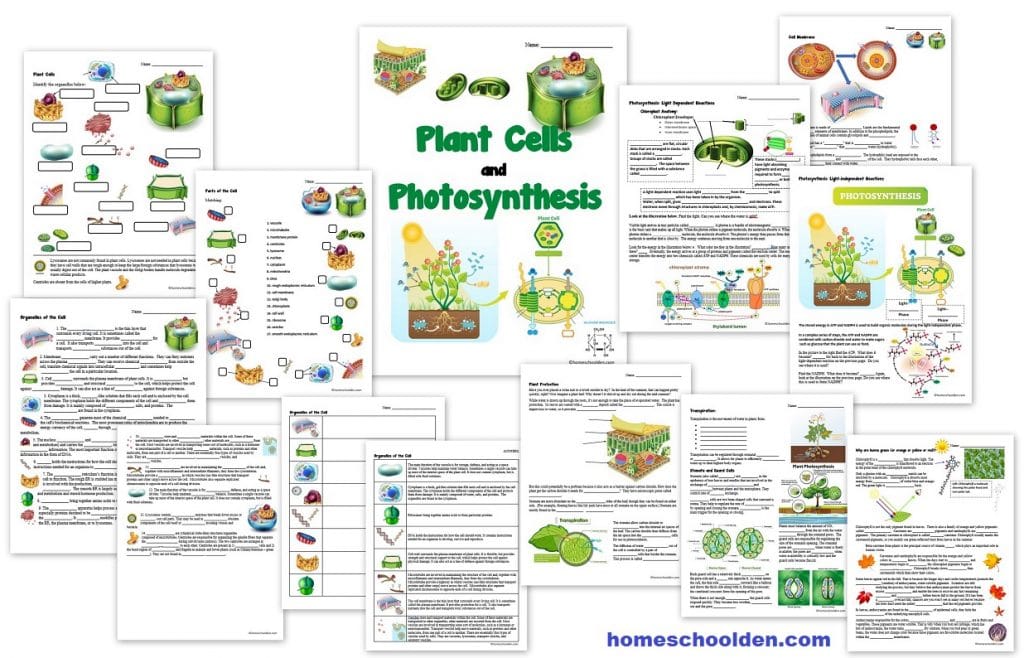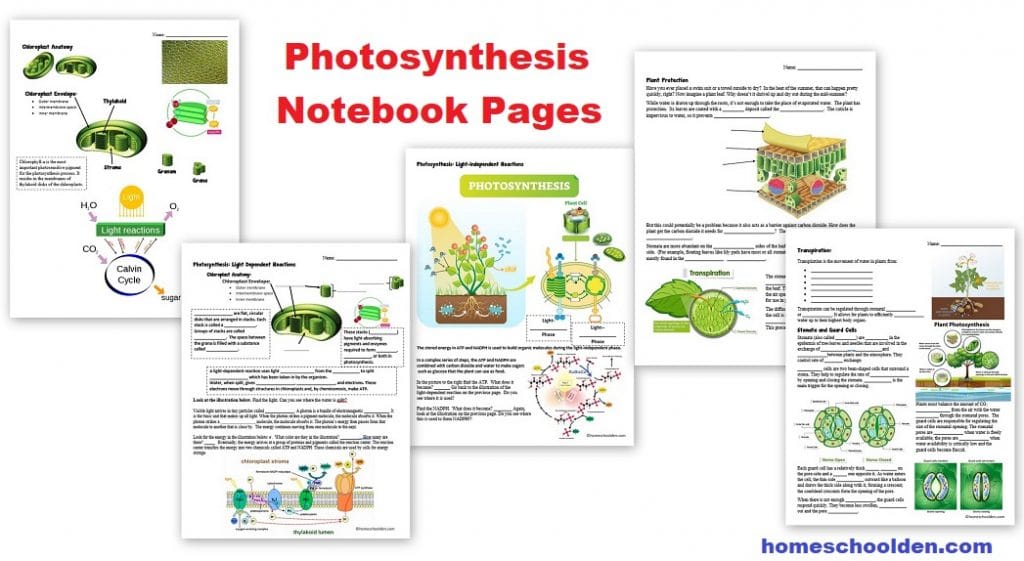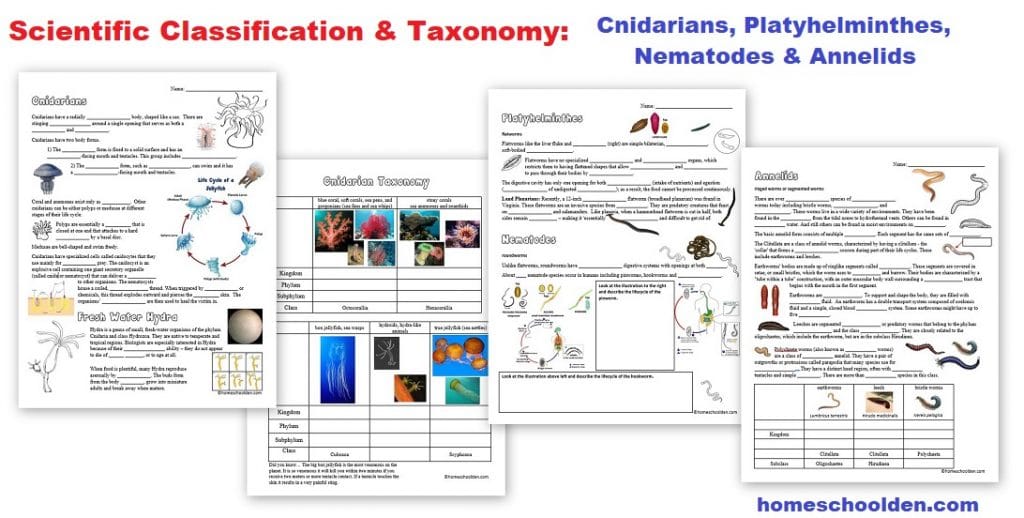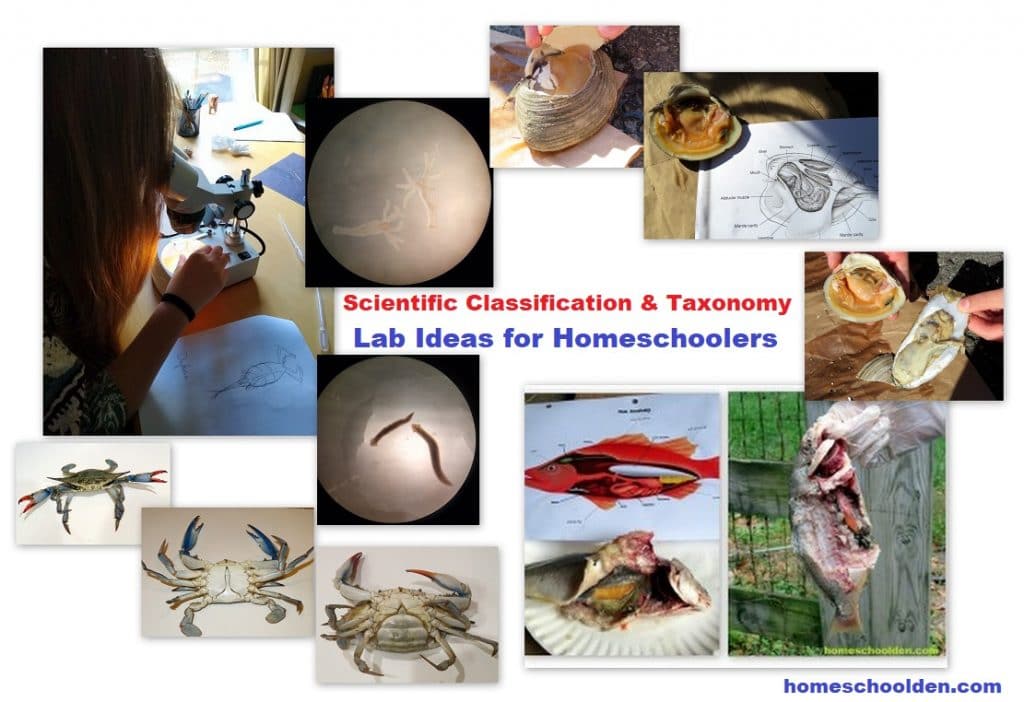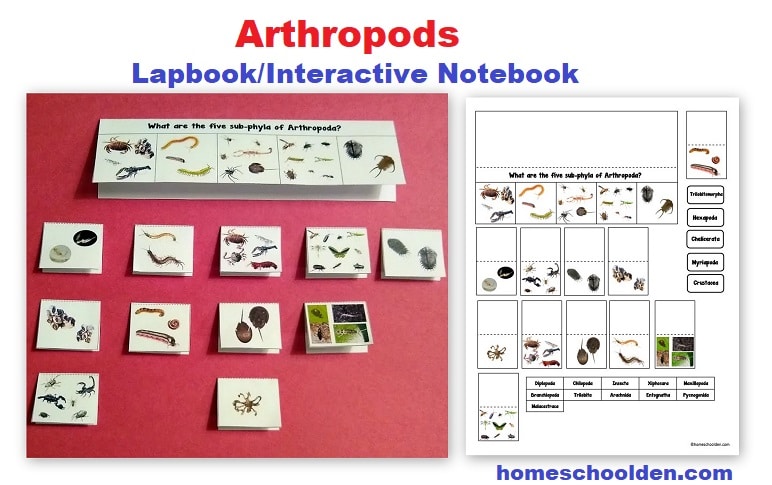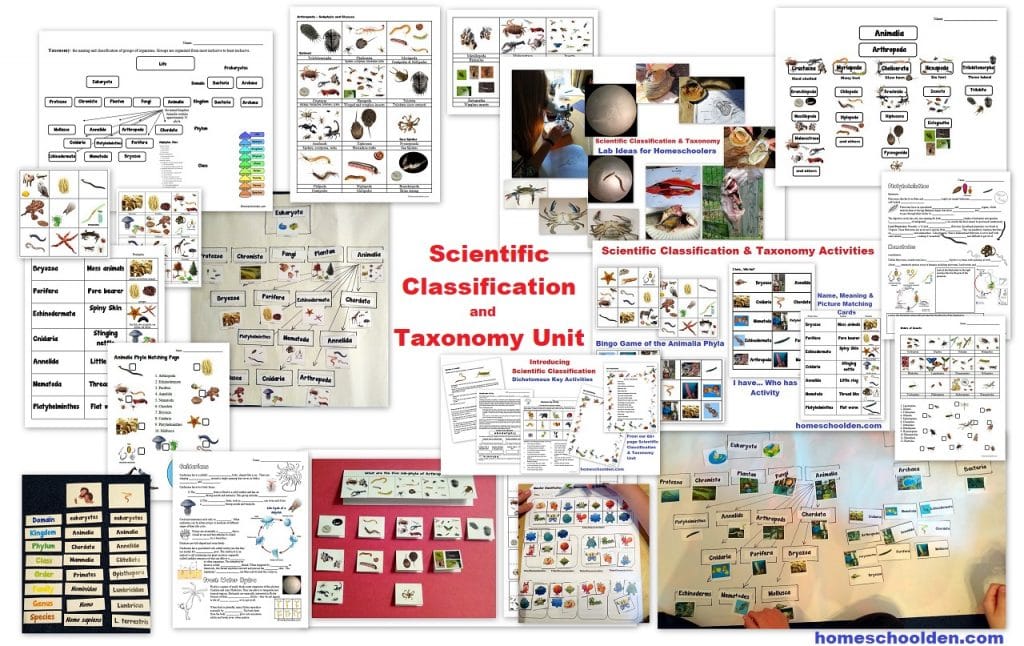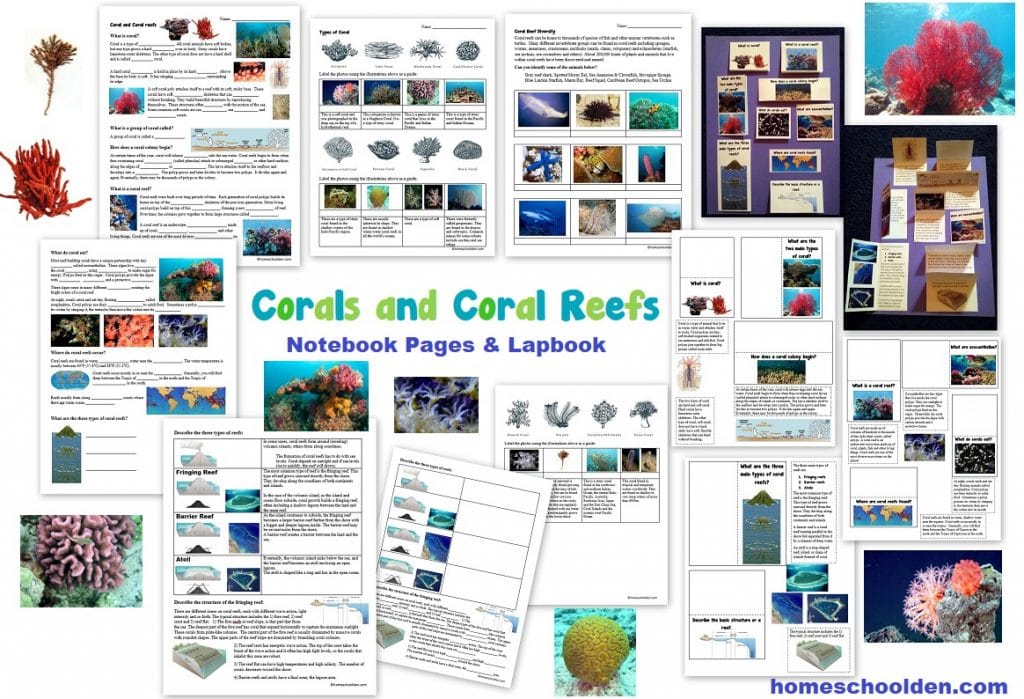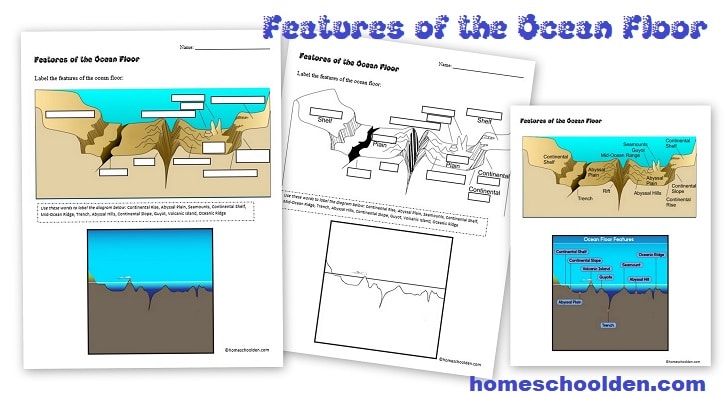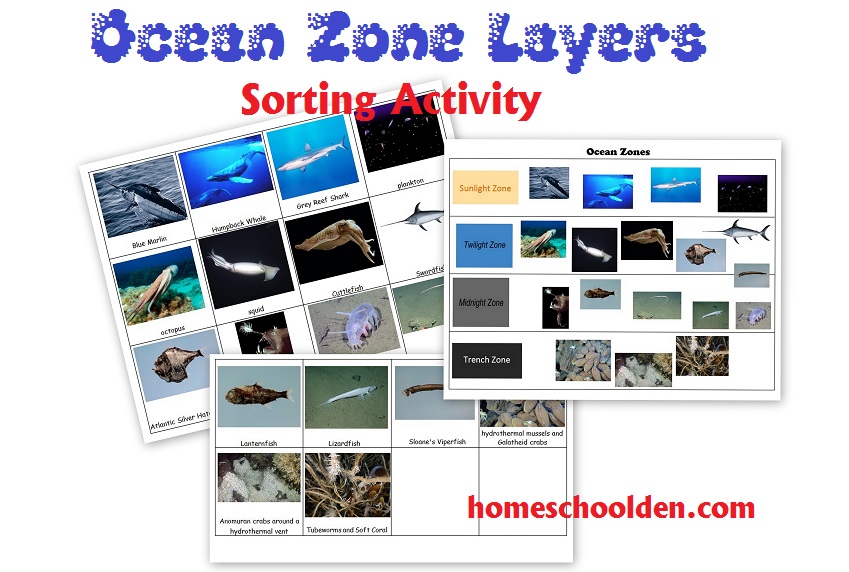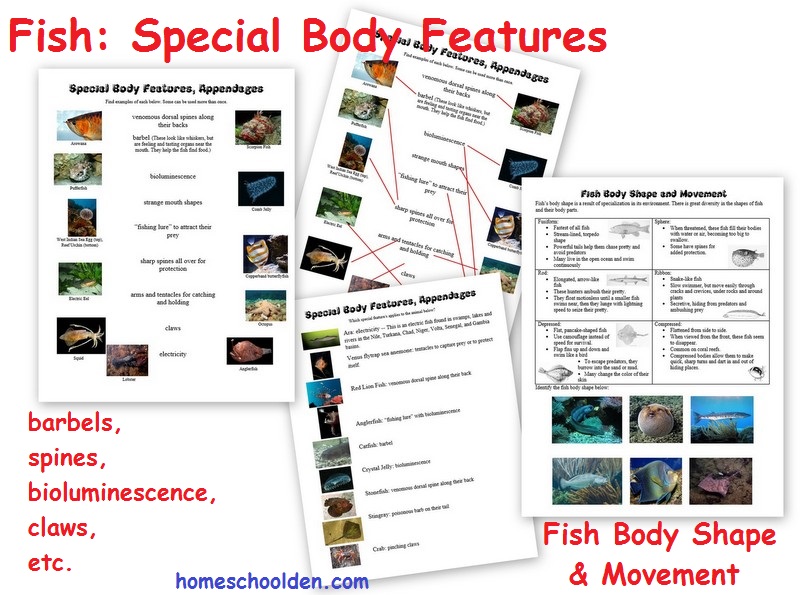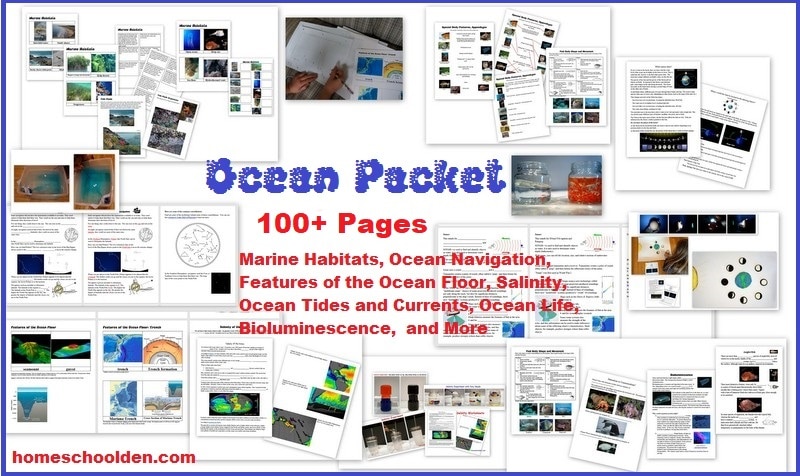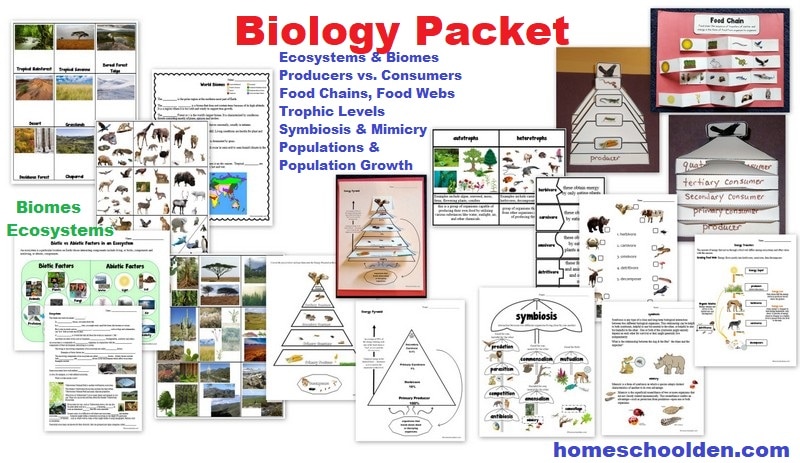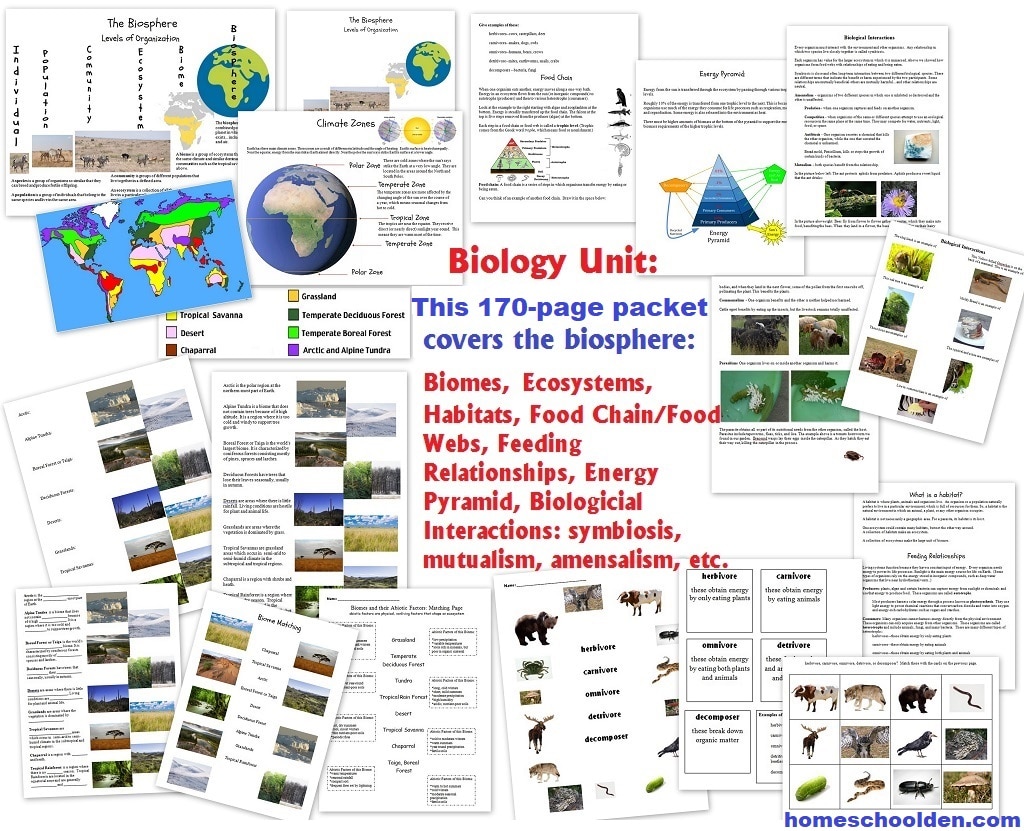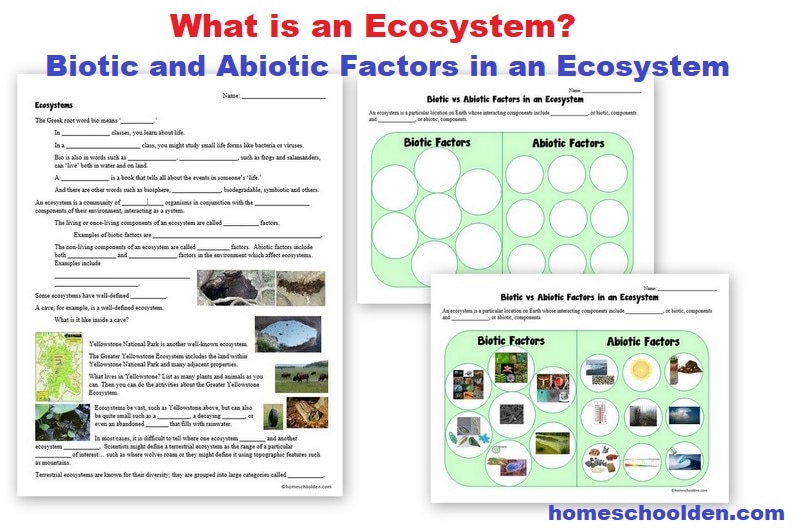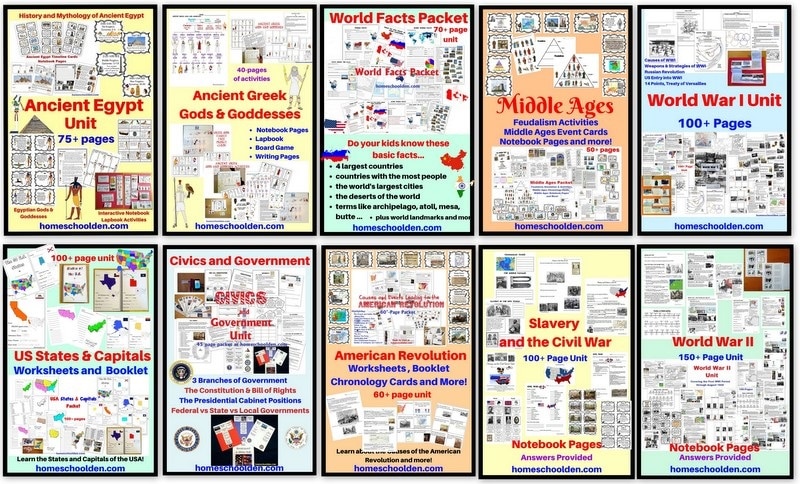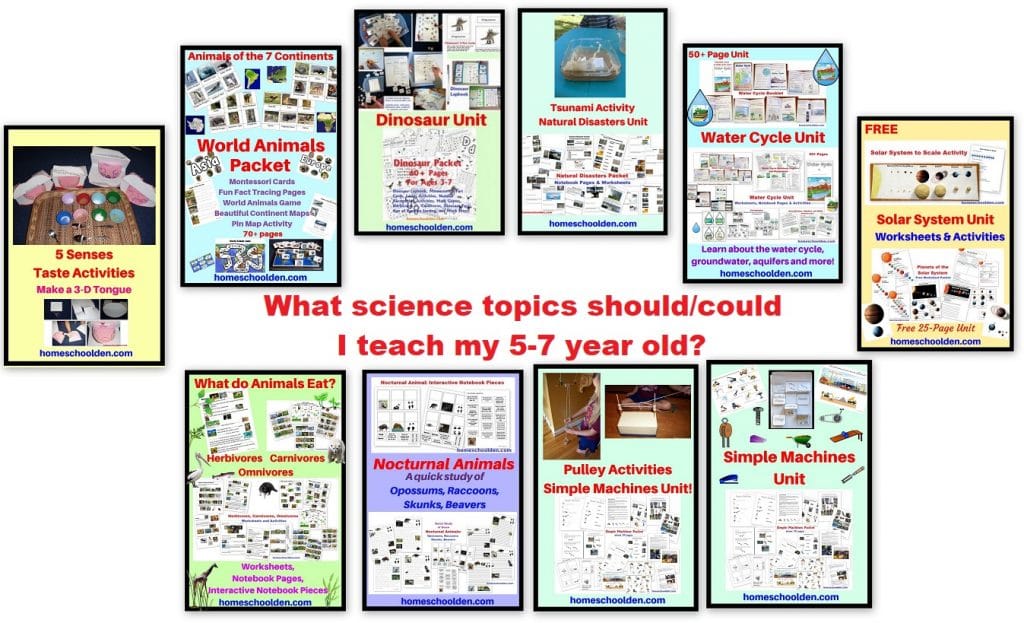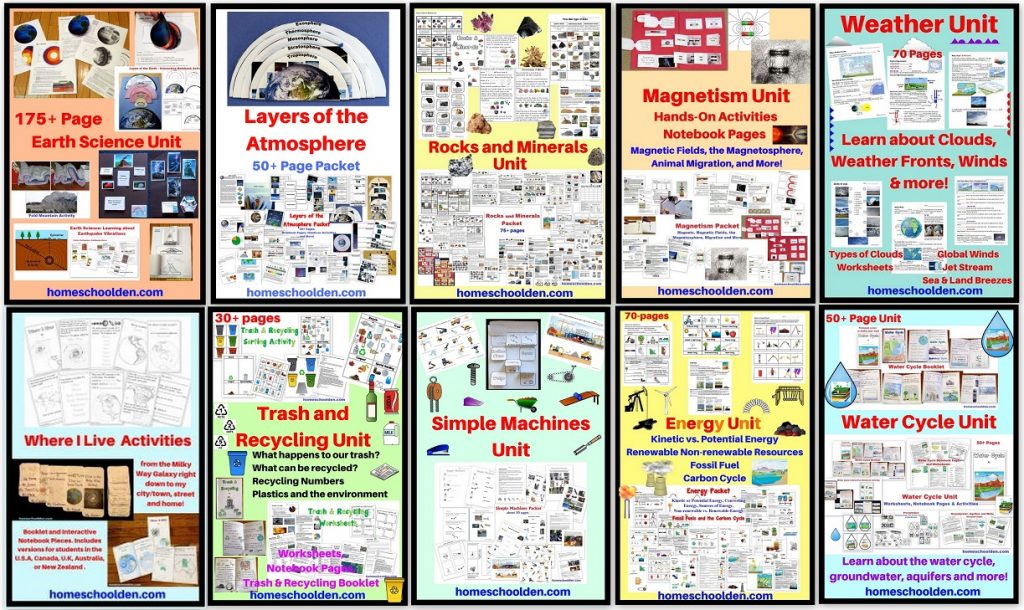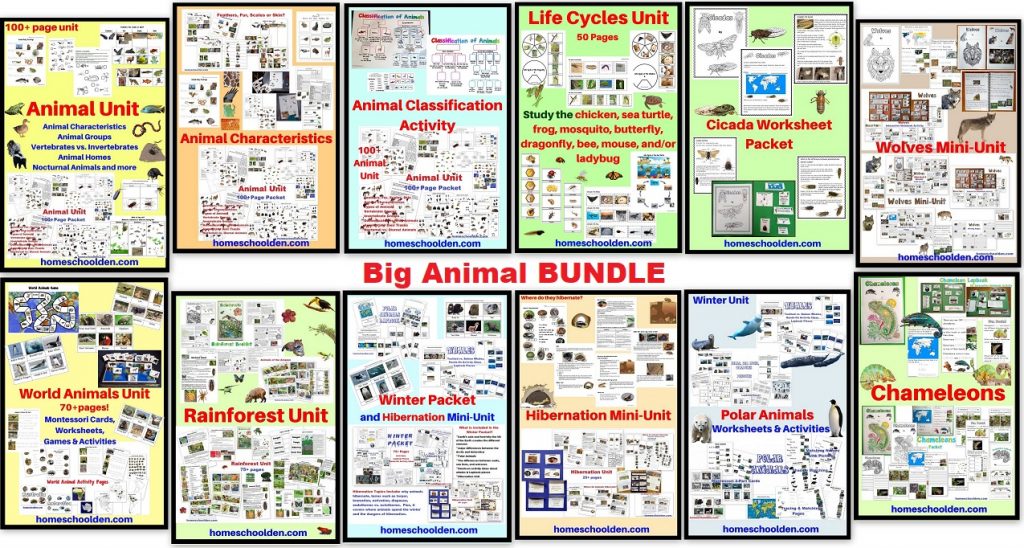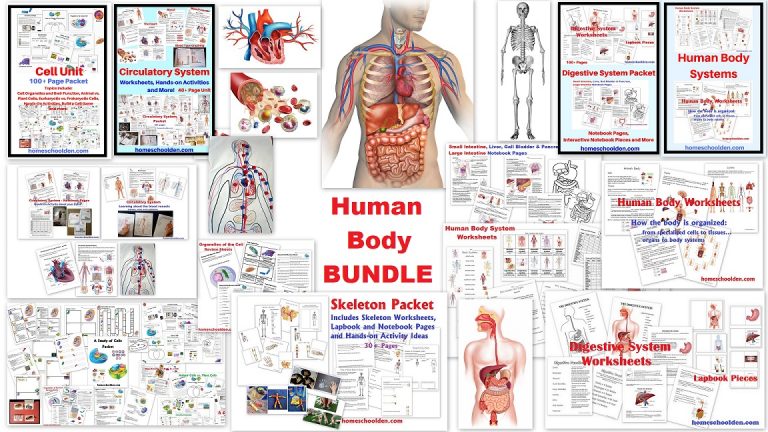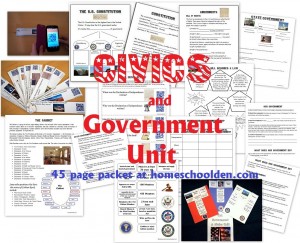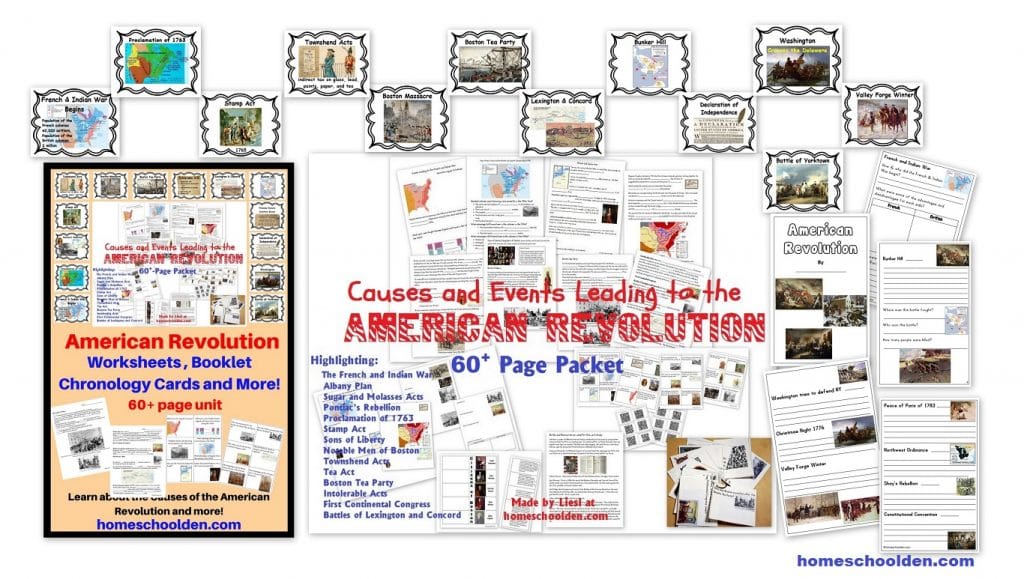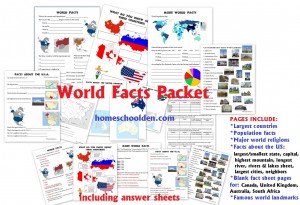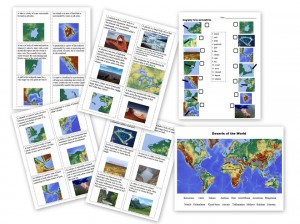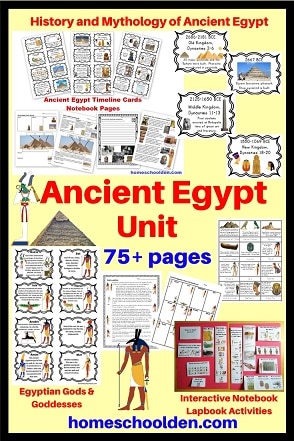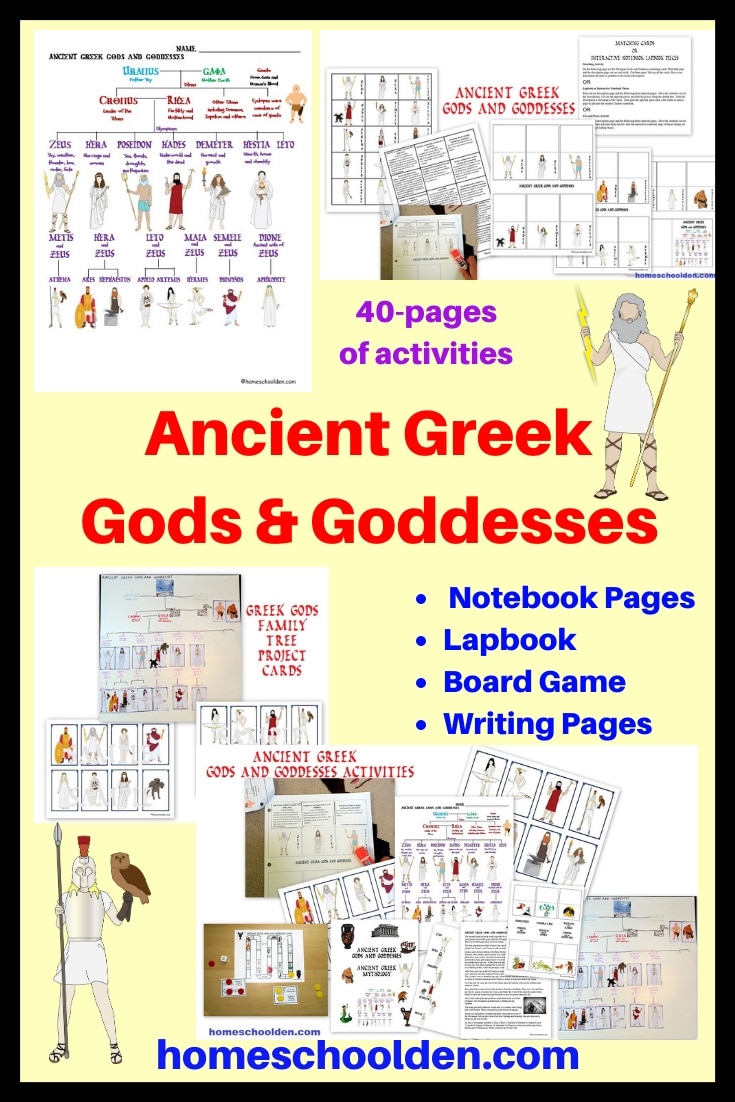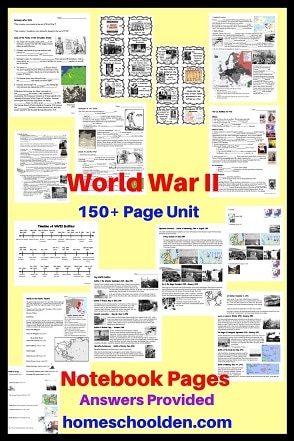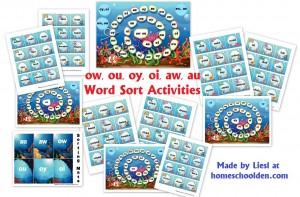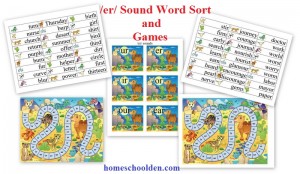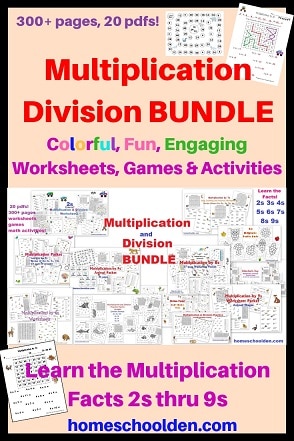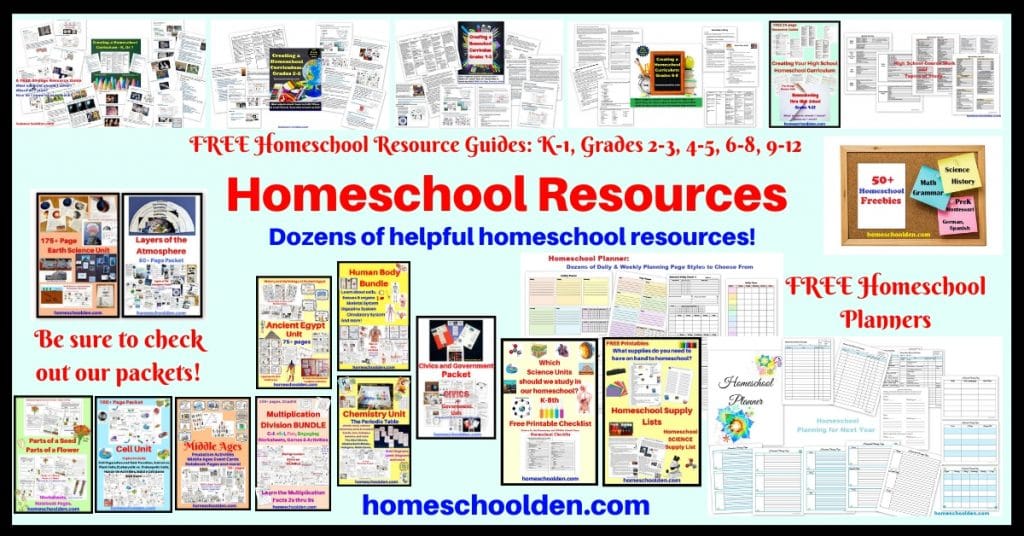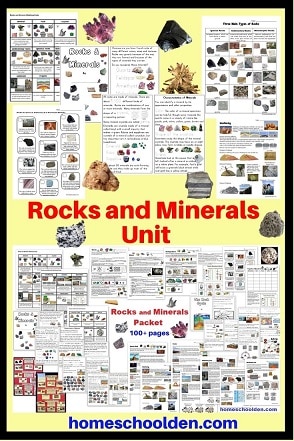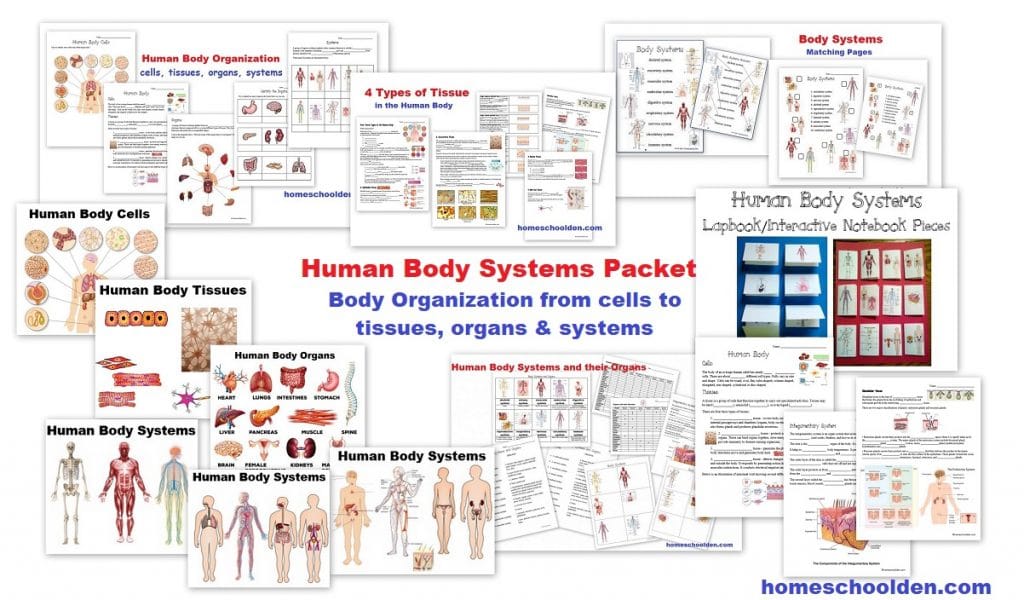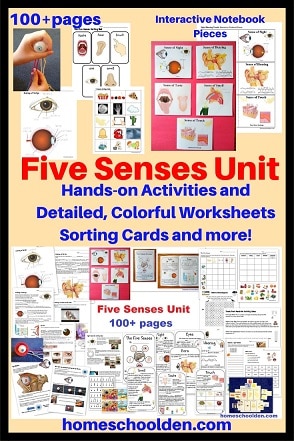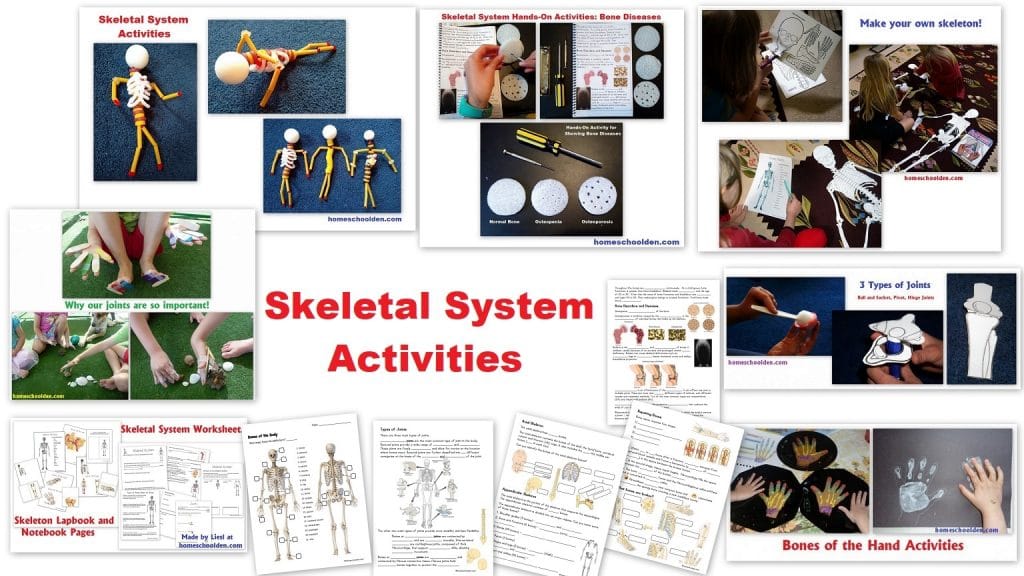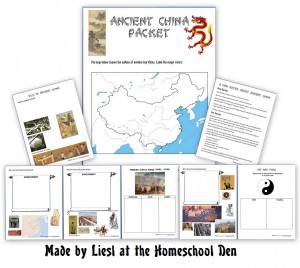Botany Unit – Plant Kingdom Worksheets and more!

The Botany Unit also covers the parts of a seed, parts of a flower, carnivorous plants and more!
The Plant Kingdom Worksheets
The first set of worksheets goes over the basics about each of the four groups of the Plant Kingdom and some terms like vascular and non-vascular, xylem and phloem, haploid and diploid.
We reviewed what plants need to survive and basics about the four groups of plants: 1) bryophytes: moss and liverworts 2) ferns & lycophytes 3) gymnosperms: conifers, cycads 4) angiosperms: flowering plants
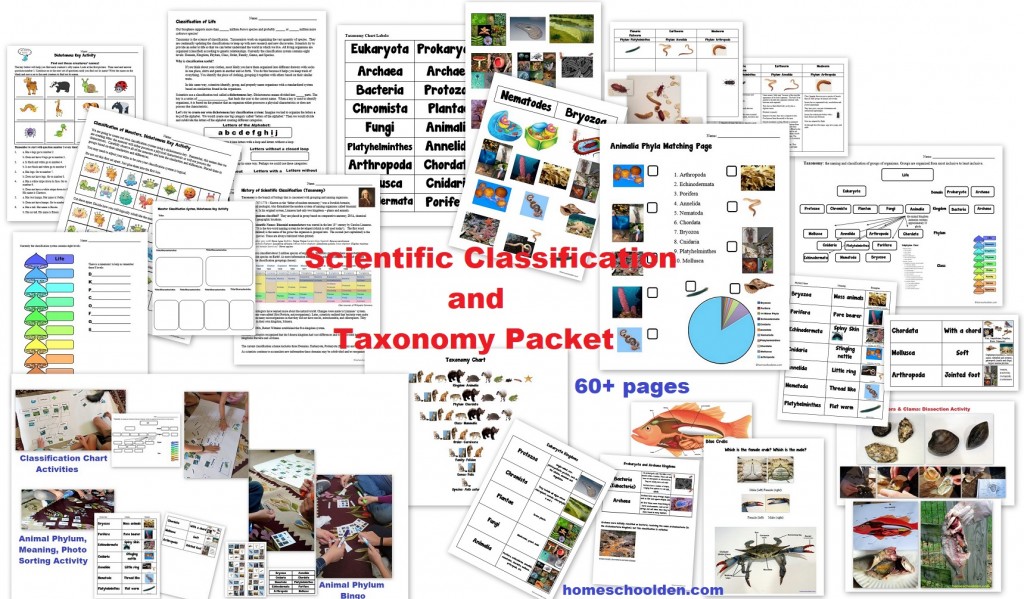
More about the Botany Packet:  Moss Life Cycle Worksheets
Moss Life Cycle Worksheets
We then went over the life cycle of mosses and liverworts. There are several options to choose from, depending on the age of your kids/students. There is a page with a basic diagram, one for note-taking, a fill-in-the-blank option or one with full notes.
Fern Life Cycle Worksheets
This packet covers the life cycle of ferns:
Conifer Life Cycle Worksheets
We went over the life cycle of gymnosperms – conifers. Like the other sets, this one has full teacher notes as well is different options for the students to take notes (a more simplistic version for younger students, a fill-in-the-blank page or a note-taking page).
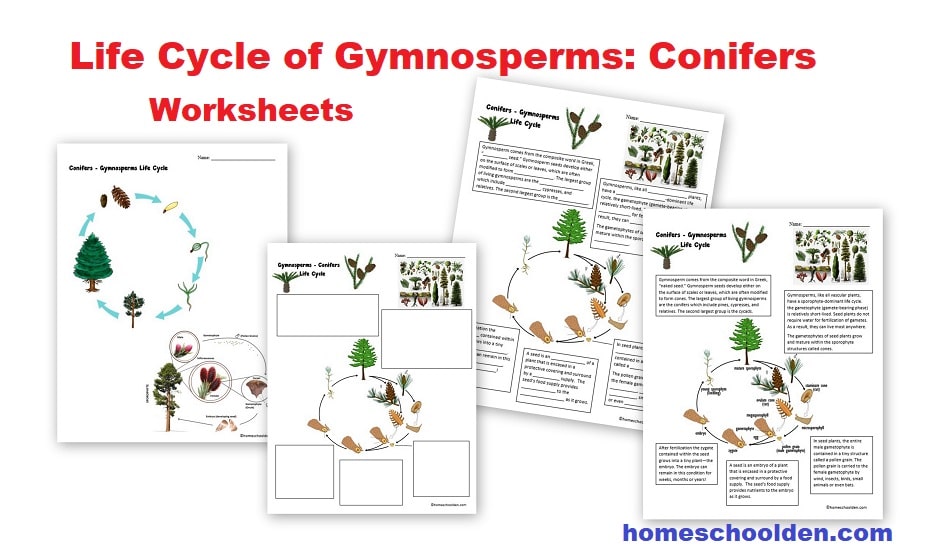
Angiosperm Worksheets – Parts of a Flower, Parts of a Seed
From there, we went on to talk about angiosperms – the flowering plants. We talked about the two types of angiosperms – monocots and dicots.
Carnivorous Plant Worksheets & Booklet
As many of you know, this packet also contains a mini-unit on carnivorous plants.
Note: The Botany Packet is included in the Biology Bundle of 6. See details here: Biology BUNDLE of 6
Again, here is the Table of Contents of the Botany Packet:
- pages 4-7 The Plant Kingdom Worksheets
- pages 8-12 Vascular Plants – xylem and phloem (pronounced flow-um)
- pages 13-14 Plant Cladogram (the 4 main plant groups)
- pages 16-20 Mosses & Liverworts
- pages 22-25 Ferns
- pages 26-26 Gymnosperms (Conifers, Cycads)
- pages 30-35 Parts of a Flower
- pages 30-35 Seed Development, Parts of a Seed, seed and fruit development
- pages 37-40 Monocots vs. Dicots
- pages 49-52 Common Flower Names
- pages 56-80 Carnivorous Plants
The Botany Packet is $7.99. Our units are PDF downloads.
Have any questions? Here are answers to some FAQ. And of course, feel free to email me! ~Liesl
Botany Packet: $7.99

You might also be interested in our Cells Unit:
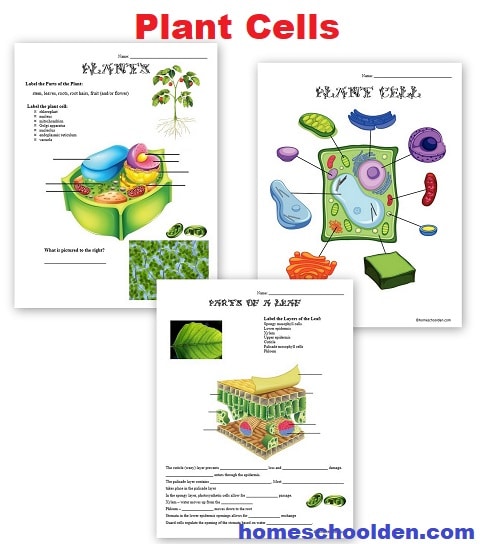
Note: The Botany Packet and the Cells Unit are both included in the Biology Bundle of 7.

Biology BUNDLE OPTIONS:
Visit this Biology Bundle Page for more details (and lots more pictures!)
Our units are PDF digital downloads.
$44.99 Biology BUNDLE of 7: 1) Biology Unit (Biomes, habitats, food chains/webs, feeding relationships) 2) Scientific Classification & Taxonomy Packet 3) Ocean Unit & Layers of the Ocean/Ocean Zone Activities 4) Cells Unit 5) Botany Unit 6) Pathogens Unit – Bacteria, Protozoa, Fungi, Parasites/worms; Viruses and Prions 7) New! The Cell Cycle and Mitosis

$8.99 Biology Unit: Biomes, habitats, ecosystem, biological interactions, feeding relationships (170 pages)
$8.99 Cells Unit (150+ pages) – cell theory, prokaryotic vs. eukaryotic cells, animal vs. plant cells, organelles of the cell, chloroplast anatomy, the layers of a leaf, photosynthesis and more.
$7.99 Botany Packet — (80 pages) Plant Classification, Life Cycle of the Moss, Fern, Conifer, Angiosperms, Parts of a Flower, Parts of a Seed, Seed & Fruit Development, Monocots vs Dicots – plus Carnivorous Plants Mini-Unit
$8.99 Ocean Unit – Layers of the Ocean/Ocean Zone: (100+ pages) Marine Habitats, Coral Reefs, Tide Pools, Water Form Words, Ocean navigation, Features of the ocean floor, salinity, ocean tides & currents, ocean life, bioluminescence & more!
$7.99 Scientific Classification and Taxonomy Packet (100 pages) dichotomous key activity, Linnaeus & the history of classification, learn the Animalia phyla (Annelids, Platyhelminthes, Nematodes, Cnidaria, Animalia, etc.)
$8.99 Pathogens Packet (100 pages) – This unit covers the six major living and nonliving pathogens: bacteria, protozoa, fungi and parasites/worms as well as viruses and prions. The large majority of this packet goes into detail about bacteria and viruses.
$5.99 The Cell Cycle and Mitosis Packet (50+ pages) – This unit covers topics/terms such as cell division, cell death (apoptosis), nucleosomes, histones, binary fission, chromatin, chromosomes, centromere, sister chromatids, and the lifespan of human cells as well as the stages of the cell cycle including interphase (G1, S, G2) and mitosis (prophase, anaphase, metaphase, telophase, cytokinesis)
Again, you can see the Biology BUNDLE Page for lots more pictures!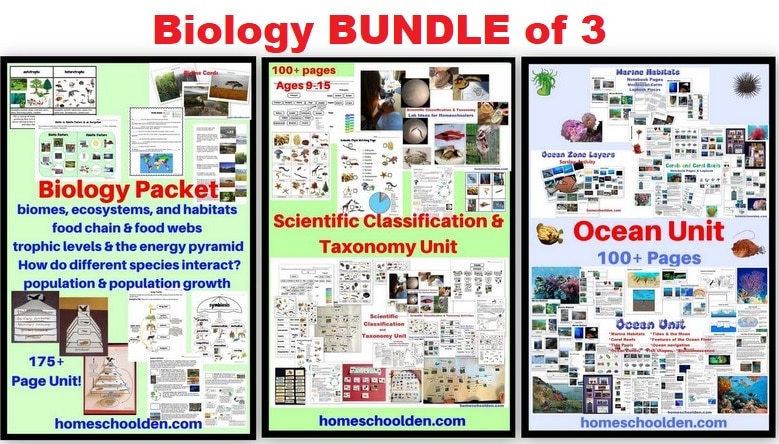
You can also purchase these individually. See the Biology BUNDLE page for more pictures and more details!
Biology: Cell Unit
Cell Unit: (Now more than 150 pages) The Cells Unit covers cell theory, prokaryotic vs. eukaryotic cells, animal vs. plant cells, the organelles of the cell, and now goes into more detail about chloroplast anatomy, the layers of a leaf, photosynthesis, and more.
Biology: Scientific Classification and Taxonomy Unit
Scientific Classification and Taxonomy Packet: (Newly updated and now over 100 pages)
In this unit, we started off by talking about why we classify things. We learned about the dichotomous key and did a number of activities to understand how they work. We talked about why classification is useful and how we can do that in a way that is organized and logical.
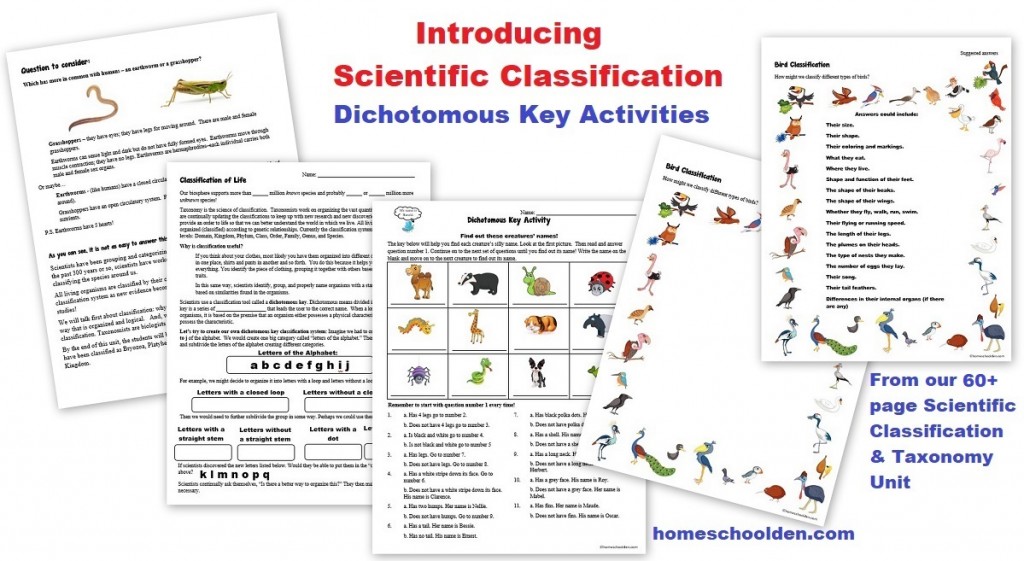

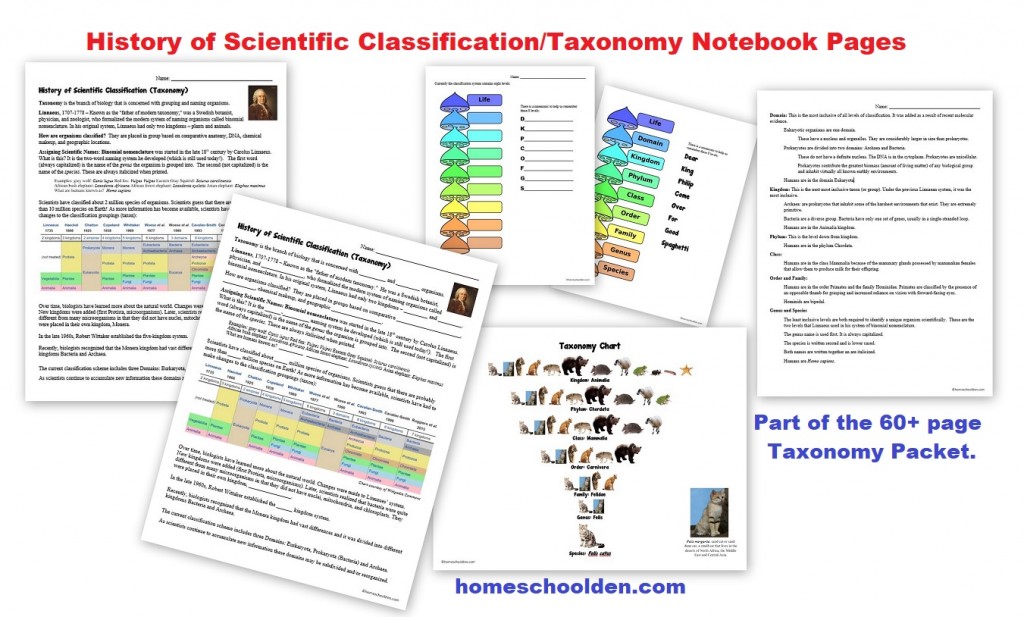

Biology: Ocean Unit
This unit is a study of the hydrosphere — Earth’s oceans, tides, marine life (including bioluminescent critters, and more!)
In our ocean studies we explored
- Marine Habitats
- Coral Reefs
- Tide Pools
- Water Form Words (bay, estuary, lagoon, fjord, etc.)
- Features of the Ocean Floor (trench, seamount, guyot, etc.)
- Ocean Navigation (early navigation with astrolabes & the constellations, modern SONAR)
- Salinity
- Tides (and the phases of the moon)
- Ocean Currents (Surface & Deep Sea Currents)
- Ocean Life:
- Special Body Features
- Fish Body Shape and Movement
- Biological Interactions: Mutualism and Commensalism in the Ocean
- Deep Sea Life – Bioluminescence, Anglerfish
We also talked about the ocean zones and different layers of the ocean again (which we covered three or four years ago).
Biology Unit:


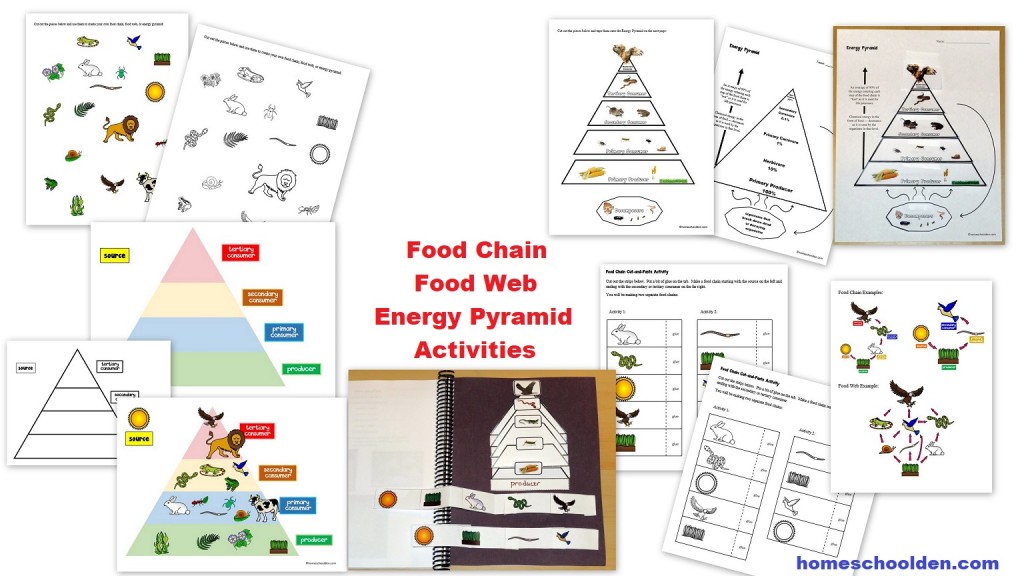
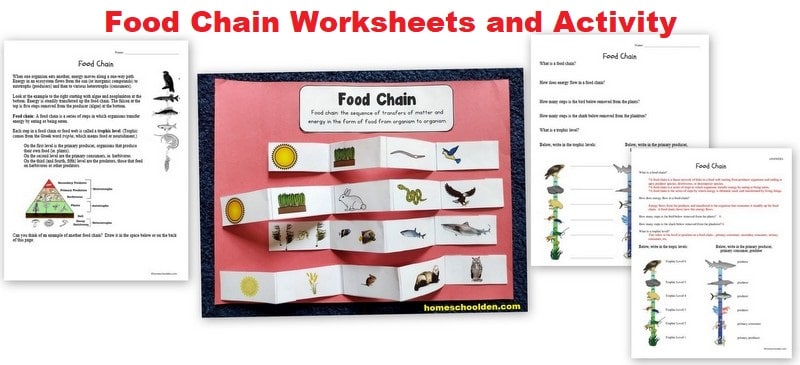
 Pathogens Packet:
Pathogens Packet:
A study of Bacteria & Viruses as well Protozoa, Parasites, Fungi and Prions.

Don’t forget to check your PayPal email address for the download link. Feel free to email me if you need help! ~Liesl
See you again soon here or over at our Homeschool Den Facebook Page! Don’t forget to Subscribe to our Homeschool Den Newsletter. You might also want to check out some of our resources pages above (such as our Science, Language Arts, or History Units Resource Pages) which have links to dozens of posts. You might want to join our free Homeschool Den Chat Facebook group. Happy Homeschooling, everyone!! ~Liesl

